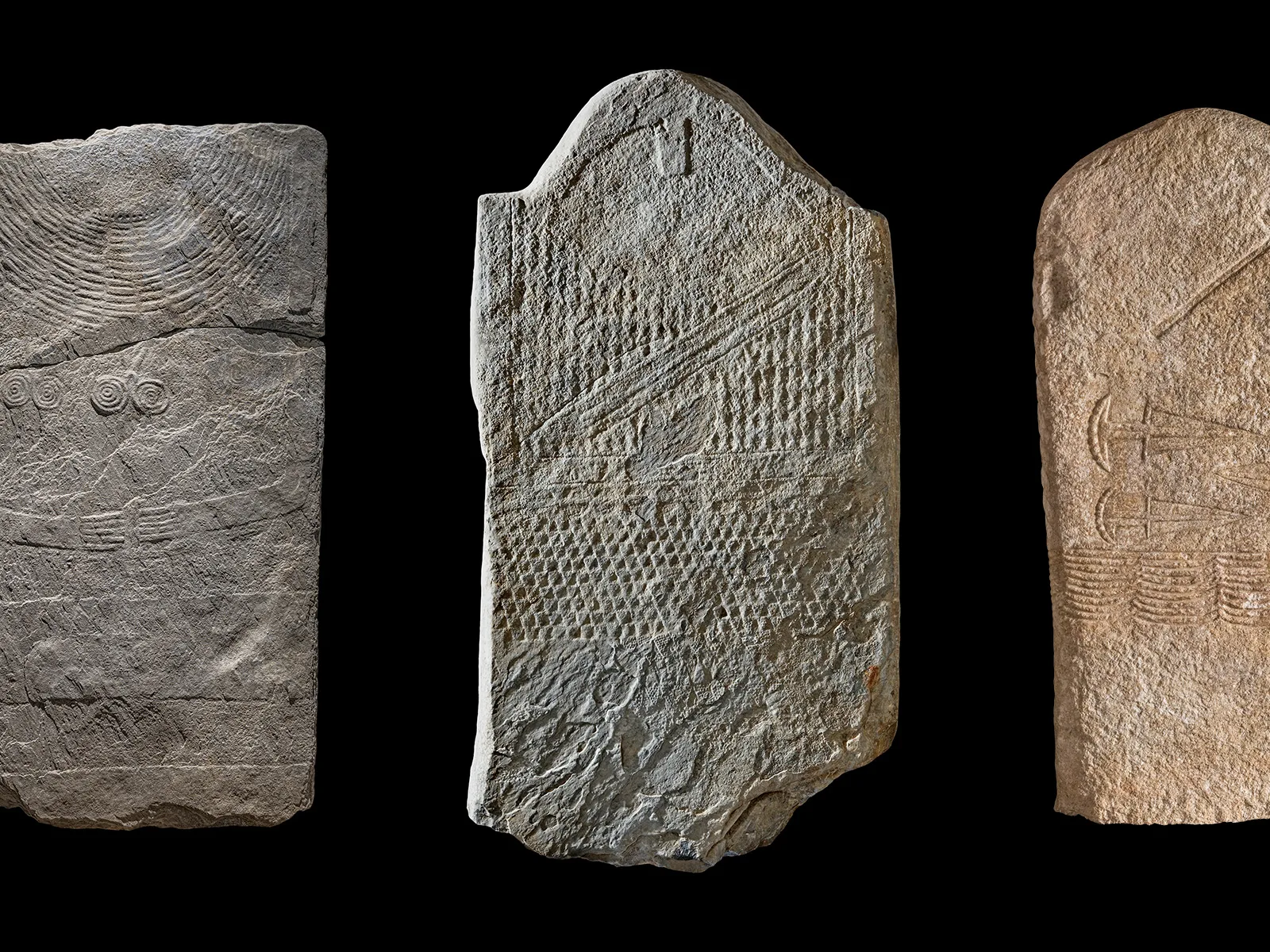
Birth of the Warriors
Stone stelas from Neolithic Europe tell of a new social class: the heavily armed warriors who were supposed to protect the property of the elites.
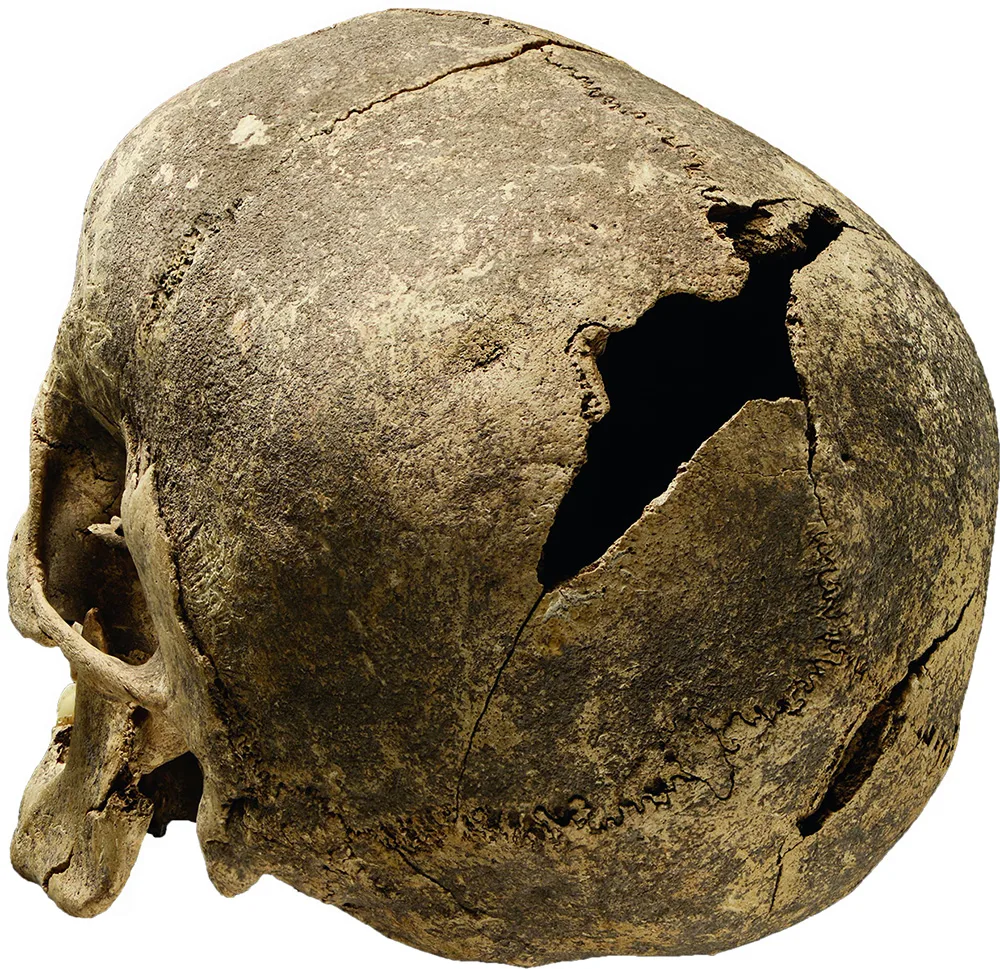
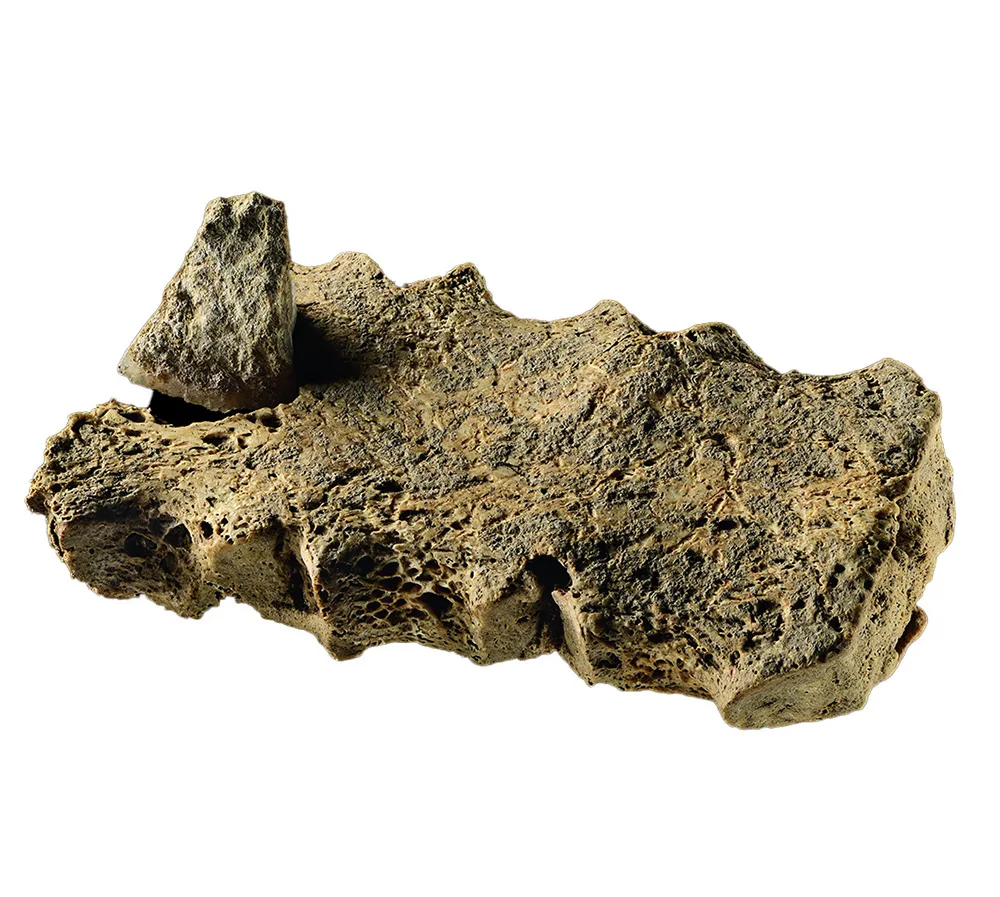
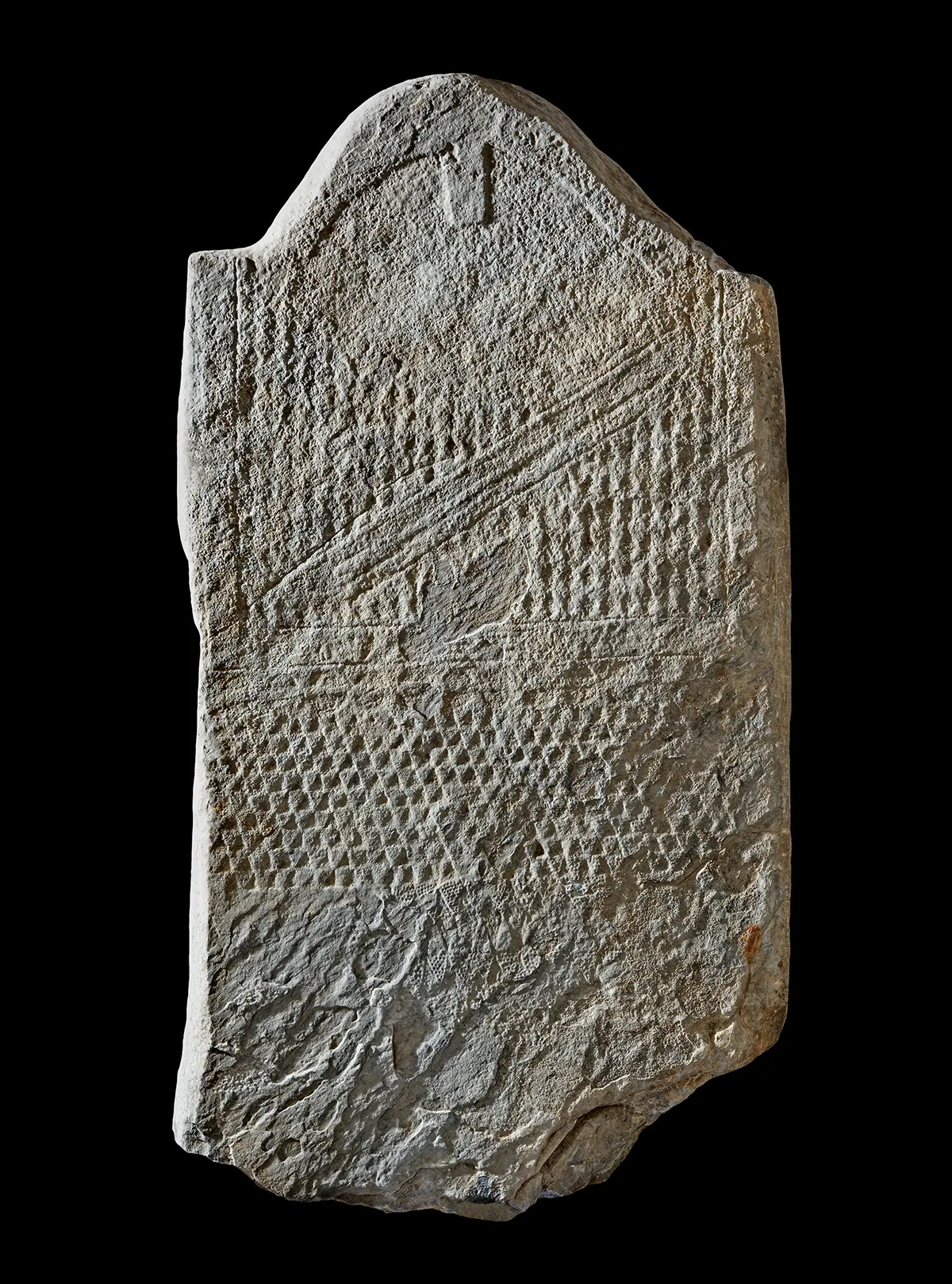
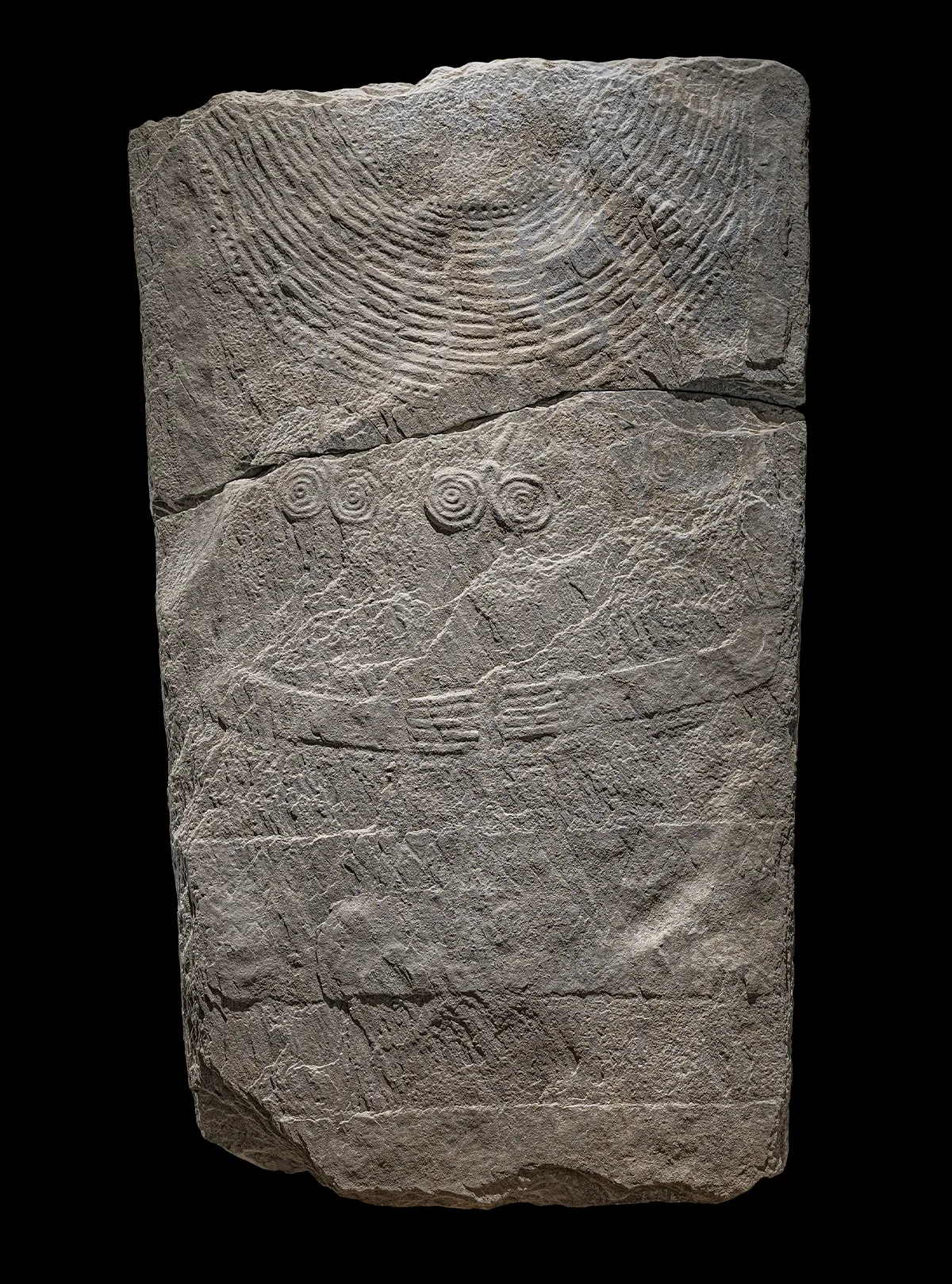

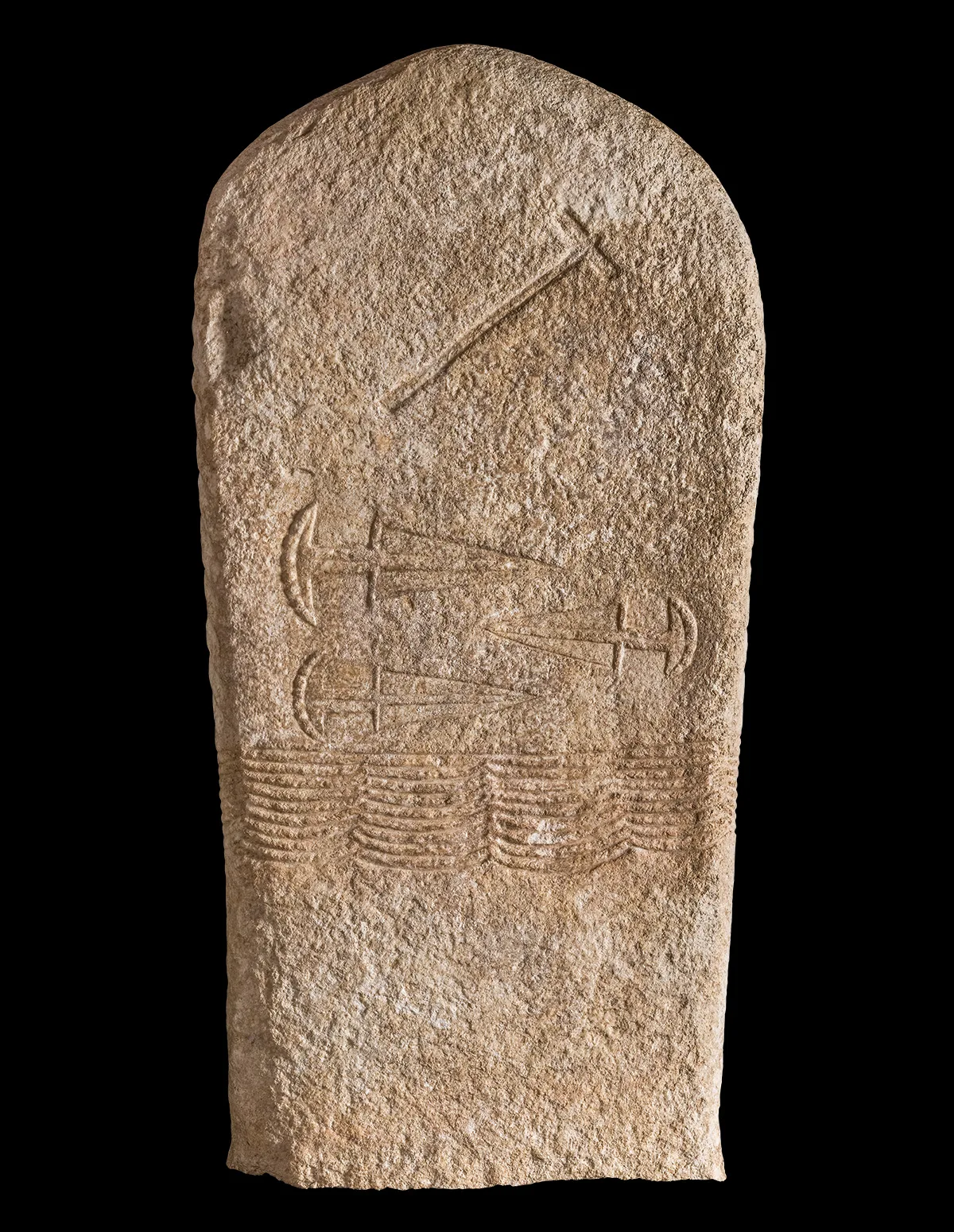

Stone stelas from Neolithic Europe tell of a new social class: the heavily armed warriors who were supposed to protect the property of the elites.





